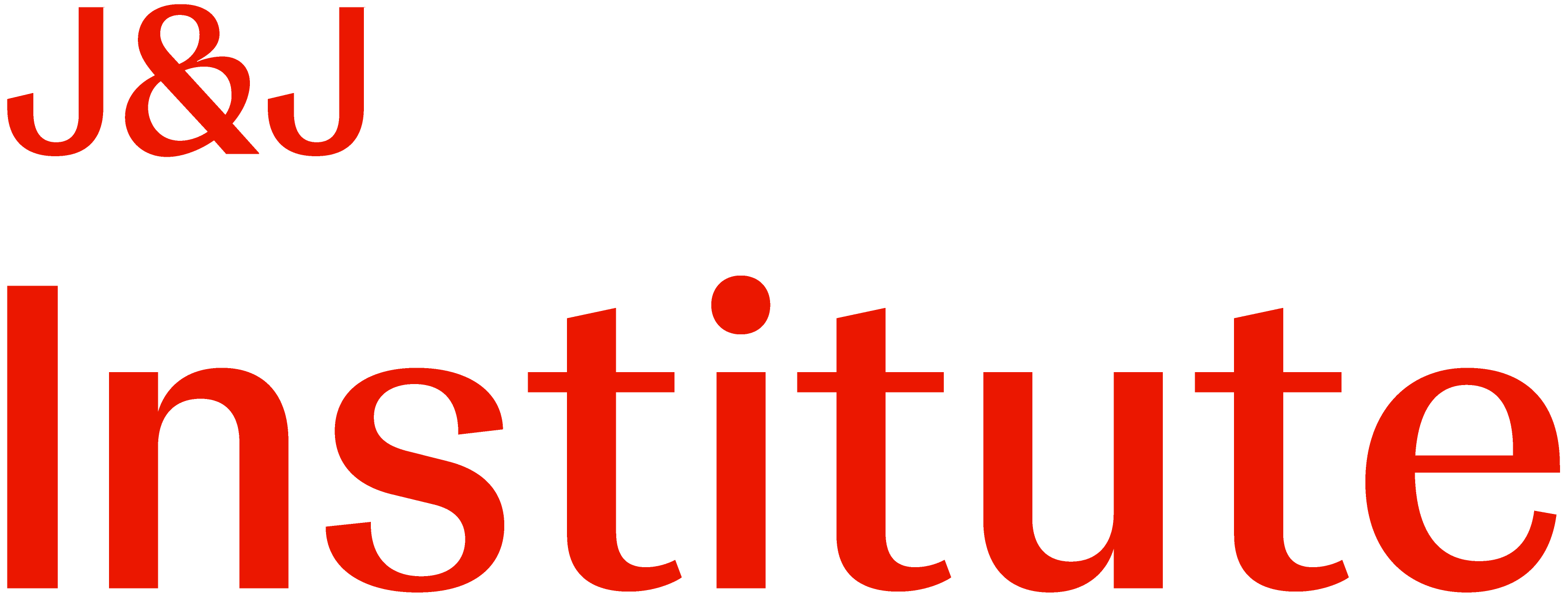- Programs
- Library
- Courses and eModules
- Videos
- Podcasts
- PDFs
- Playlists
- View All
- Browse by Specialty
- ASC & Outpatient Education
- Bariatric
- Bladder
- Bleeding Management
- Breast
- Cardiac Electrophysiology
- Colon & Rectal
- Craniomaxillofacial
- Foot & Ankle
- Gynecology
- Hand & Wrist
- Head & Neck
- Hernia
- Joint Arthroplasty
- Neuro-Intervention
- Nurse Education
- Physician Assistant
- Science of Energy
- Spine
- Sports Medicine
- Thoracic
- Trauma
- Upper GI & Abdominal
- VELYS™ Enabling Tech
- Wound Closure
- Events
- Technology


